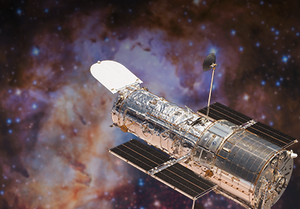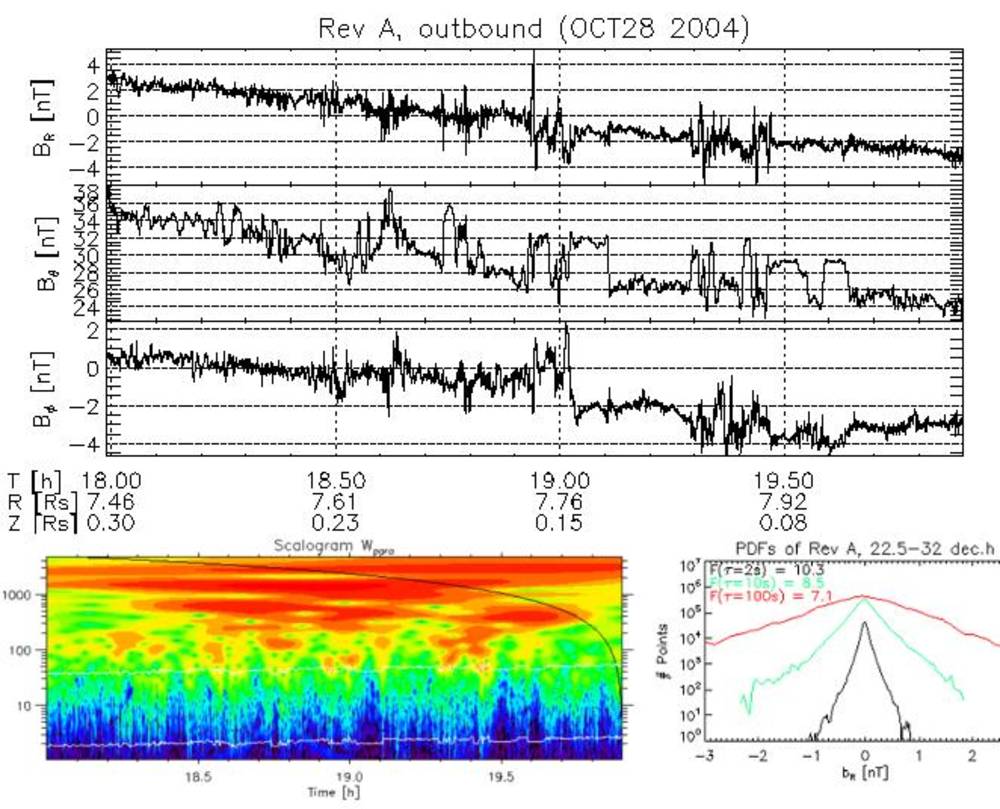Methods
Numerical Simulations
Different comprehensive sets of differential equations describe the various systems of space and planetary science. Very often, there aren’t analytical solutions solving these equations and numerical solutions are required. We use the ZEUS_MP code, an open source numerical solver of the magnetohydrodynamic (MHD) equations, to simulate the flow of space plasma. A big part of our work is to refine parts of this solver to incorporate a variety of physical aspects. Hence, numerical simulations are our laboratory, where we can test the impact of different physical processes on the plasma flow such as mass loading of plasma due to electron impact ionization or photoionization. In this way, we investigate the interplay of different physical processes. For some problems we also develop our own physical models and the appropriate numerical solver or combine parts of the MHD solver with self-developed algorithms.
Analytical Theory
The flow of plasmas around planetary bodies can be described by various sets of equations (e.g. MHD equations or Vlasow-Maxwell equations). These equations usually need to be solved numerically due to the non-linearities in the equations. In some cases, the equations can be reasonably simplified such that they can be solved analytically. The main advantage of the analytical approach is that certain physical effects can be demonstrated very clearly.
With this approach we could, for example, demonstrate that the Hall effect rotates the flow and magnetic field in Alfven wings. We also predicted that north-south asymmetries of the neutral atmosphere environment around non-conducting planetary surfaces generates hemispheric currents, which results in magnetic field discontinuities.
Telescope Observations

We use the Hubble Space Telescope (HST) and other telescopes to observe planetary bodies in the solar system and beyond. HST orbits the Earth above its atmosphere and thus can observe planetary bodies at ultraviolet (UV) wavelengths, which are not accessible for ground based telescopes due to absorption of UV light in the atmosphere. UV emissions of planetary bodies frequently display auroral emissions from theses bodies. This enables us to better understand the plasma environments of these bodies, their atmospheres and their magnetic fields.
Spacecraft Observations
All planets of the solar system have been explored by spacecraft. We use data from such spacecraft to understand the properties of the planets' magnetospheres and the properties of the planetary moons. Currently, we are particularly involved in analysing measurements from the NASA Juno spacecraft in orbit around Jupiter to better understand the processes which generate Jupiter's outstanding aurora.
Time Series Analysis

Most of the data in geophysics are obtained in the form of time series. That includes not only in-situ measured magnetic field data from spacecraft or ground-based observatories, stellar light curves to search for exoplanets, and the number of sunspots, but also most of meteorological or applied-geophysical measurements. Before the data can be interpreted one usually has to transform them into a coordinate system suitable to describe the physical mechanisms at work and then apply different methods of time series analysis in order to extract the signal of interest from the noisy background. The frequently applied methods include detrending and normalization techniques to make data quasi-stationary and comparable to each other, Fourier- or wavelet-based spectral analysis to obtain robust estimations of power, coherence and phase relationships, minimum variance analysis to determine the direction of discontinuities, and scaling analysis of structure functions to characterize the nature of turbulent fluctuations.